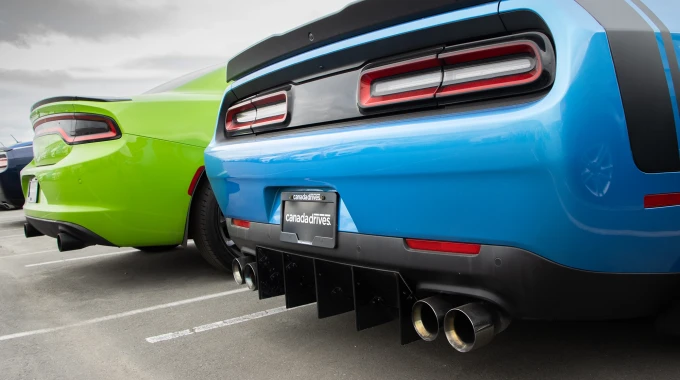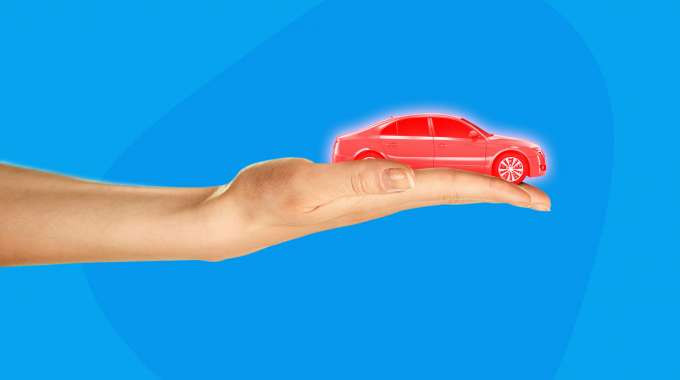
Lease Takeover: Pros & Cons
When you really need a newer car but want a better deal, consider a Lease Takeover! Lease Takeovers can be a great way to save on your next car lease, but they can also cost you more if you don't pay attention to the terms. Here you can learn about lease takeovers, their pros and cons, and how you can tackle the question of whether this really is a money-saver.
What is a lease takeover?
A car lease takeover involves a lease transfer; from the lease “seller” to you, the “lease” buyer. The lease seller wants to get out their lease early. This person is looking for someone to take over the lease contract along with the car. The lease buyer, you, would inherit the pre-existing conditions of the lease (and of course the car). Depending on the leasing contract, the current condition of the car, the terms of the lease, and the terms the lease-seller is offering, a lease takeover may provide you with the cheapest car option.
Drive into the world of lease takeovers by familiarizing yourself with these common key components of leasing:
- Terms: This is the length of the leasing contract with the current lender. As a lease “buyer,” you will inherit the remaining part of the term of the original lease.
- Residual Value: It is the value that the car will have, at the end of the term. The leasing company has predetermined this value when the car was brand new. This is how much you’ll need to pay at the end of the Term, should you wish to keep the car at that time. Make sure that the contract allows either the return of the car, or its purchase.
- Market Value: This is the private resale value. It may be higher or lower than the Residual Value.
- Transfer Fee: There may be extra fees associated with transferring the lease from the lease-seller to you.
- Kilometre Limits: Every car lease has a limit of kilometres driven, allowed by the end of its term, divided annually. On average, it ranges from 20-25,000 km annually.
- Wear and Tear: This refers to how much deterioration or damage the car leasing agency considers normal by end of the Term. You will be required to pay for any repair beyond that range of “normal.” Read your lease contract carefully.
Can I afford a car loan?
Instead of leasing a used car, financing one might be more affordable than you think. It takes seconds to see what your monthly payment could look like with our car loan affordability calculator.What are the benefits of taking over a lease?
- Start-up Costs: You don’t need to have a down payment, and generally, startup costs are lower with Lease Takeovers.
- Lower Monthly Payments: You avoid the large monthly payments of a car loan. In a lease, you are only paying for the depreciation of the car, for the length of time you are using it.
- Lease Incentives: Sellers may offer extra incentives to the lease-buyer.
- Market vs. Residual Value: If the car ends up with a higher Market Value than Residual Value, at the end of the lease, you may be able to sell it for a profit, after buying it out at the end of the Term.
What are the risks of taking over a lease?
When considering a lease takeover, it’s important to review the lease terms, as there may be extra expenses may be incurred by the previous leasee:
- Kilometre Limits
- Wear and Tear Restrictions
- Turn-in Fees & Lease Transfer Fees
Car Lease Kilometre Limits
Typical Lease Agreements in Canada allow for 25,000 Kilometres per year. The lease will have a predetermined amount of annual kilometre usage that has financial fees attached if the lease you’re taking over has kilometre overages you would be responsible for any incurred costs.
A great lease takeover deal is a car that has used less than their annual allotment. Make sure that the mileage left available is more than enough for you (unless you know in advance, that you intend to keep - and pay for - that car, beyond its lease term).
Normal Wear and Tear vs. Excess Wear and Tear
Check the lease contract carefully for any guidelines that may exist. You may be on the hook if the current condition of the car may be worse than what is considered normal wear and tear. Normal wear and tear items are typically easy to fix, such as small scratches. Excess Wear and Tear items are typically larger and harder to repair. Here are some general guidelines on wear and tear within lease takeover contracts.
Hidden Car Lease Fees
Always check the contract for fees, as there may be a 'Turn-In' fees, and Car 'Lease Transfer' Fees. In some instances, lease companies might even charge you for outstanding violations such as unpaid tolls or tickets.
Although you probably have a better idea of the history of the car than with a random resale, it is very highly recommended that you obtain a car history for evidence of accidents (and repairs not done, or not done correctly). A mechanical inspection is also a good idea, just as with a private resale.
If you intend to keep the car at the end of the lease, remember to count on potential repairs in the future, that would be at your cost, if you keep the car.
How to get out of a car lease
There are companies that specialize in helping lease sellers get out of their lease. Although they charge a fee to either be a seller or buyer, the available car listings display the numbers you’ll need to crunch, or even offer some calculation tools to help you see the value of the deals you’re looking at.
Get pre-approved today
If taking over a lease isn't as straightforward as you as you hoped it would be, it takes two minutes to know if you're eligible for auto finance on a pre-owned car. With Canada Drives you can get pre-approved online to see what vehicles you qualify for.







